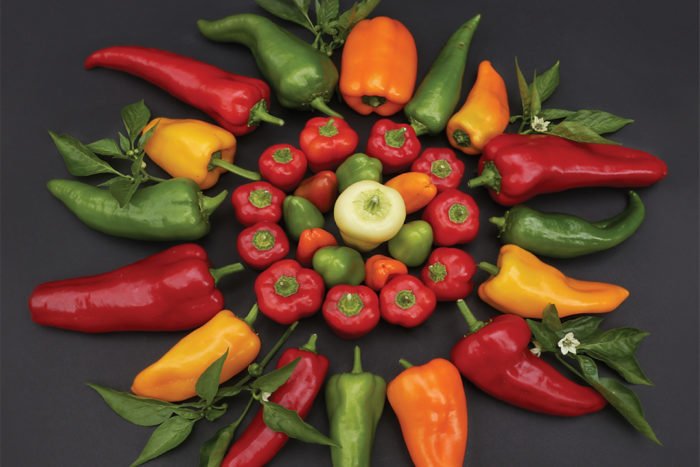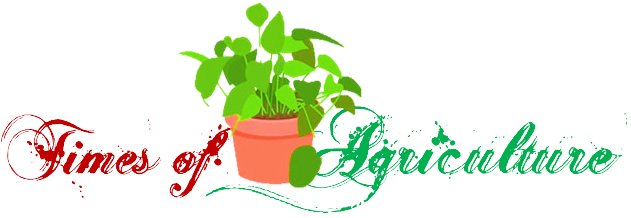The Bell Pepper Growing Stages: A Comprehensive Guide to 7 bell peppers growing stages
Discover the complete Bell Pepper Growing Stages with our comprehensive guide. From seed to harvest, explore the process and gain valuable insights into cultivating these vibrant and nutritious vegetables. Perfect for gardeners and enthusiasts alike.
Bell peppers, also known as sweet peppers or capsicum, are vibrant and nutritious vegetables commonly used in various cuisines around the world. Whether you’re an avid gardener or simply curious about the growth stages of bell peppers, this article will provide you with a comprehensive guide. From seed to harvest, we’ll explore the different phases and offer valuable insights to help you successfully cultivate these delicious vegetables in your garden.

Bell Pepper Growing Stages-bell pepper plant stages of growth
1. Germination
The first stage of bell pepper growth begins with germination. To initiate this process, you need to plant bell pepper seeds in a suitable growing medium, such as a seed tray or small pots. Ensure the seeds are covered with a thin layer of soil and keep them moist. Maintaining a warm and humid environment will encourage faster germination. Within 7 to 10 days, you should observe the emergence of tiny seedlings.
2. Seedling Stage
Once the seedlings emerge, they enter the seedling stage. At this point, it’s crucial to provide adequate light for healthy growth. Place the seedlings in a location where they receive plenty of sunlight or use artificial grow lights. Ensure the temperature is consistently warm, around 70-80°F (21-27°C). Water the seedlings regularly, keeping the soil evenly moist but not waterlogged.
3. Transplanting
When the seedlings have grown to about 3-4 inches in height and developed a strong root system, they are ready for transplantation. Choose a well-drained garden bed or container with rich, loamy soil. Bell peppers thrive in full sun, so select a location that receives at least 6-8 hours of direct sunlight each day. Gently remove the seedlings from their original pots and transplant them, ensuring they have enough space to grow.
4. Vegetative Growth
Once transplanted, bell pepper plants focus on vegetative growth. During this stage, the plants develop more leaves, stems, and roots. Provide regular watering to keep the soil moist, but be careful not to overwater as it can lead to root rot. Applying a balanced fertilizer every few weeks will supply essential nutrients for healthy growth. Monitor for pests and diseases, and take appropriate measures to protect your plants.
5. Flowering
After several weeks of vegetative growth, bell pepper plants transition to the flowering stage. Small, delicate flowers will appear, and this is a promising sign of the upcoming fruiting stage. Bees and other pollinators play a crucial role in pollinating the flowers, so it’s beneficial to have a diverse garden ecosystem to attract them. Avoid using pesticides during this stage, as they may harm the pollinators.
6. Fruiting
As the flowers are successfully pollinated, the bell pepper plants enter the fruiting stage. Initially, small green fruits will form, which will gradually enlarge and change color as they ripen. Depending on the variety, bell peppers can take anywhere from 60 to 90 days to reach full maturity. Ensure consistent watering and provide support, such as stakes or cages, to prevent the heavy fruit-laden branches from bending or breaking.
7. Harvesting
The final stage of bell pepper growth is the harvesting stage. It’s important to harvest the peppers at the right time to enjoy optimal flavor and texture. Generally, bell peppers are ready to be picked when they have reached their desired size and color. Use sharp pruning shears or a knife to cut the pepper off the plant, leaving a short stem intact. Remember to handle the peppers gently to avoid bruising or damaging them.
Conclusion-bell pepper stages
Growing bell peppers can be a rewarding experience, and understanding the different growth stages is essential for success. From the initial germination to the bountiful harvest, each phase requires specific care and attention. By providing the right conditions, such as ample sunlight, regular watering, and nutrient-rich soil, you can ensure healthy growth and maximize the flavor of your homegrown bell peppers. So roll up your sleeves, get your gardening tools ready, and embark on an exciting journey to cultivate these versatile and nutritious vegetables in your own backyard. Happy growing!

